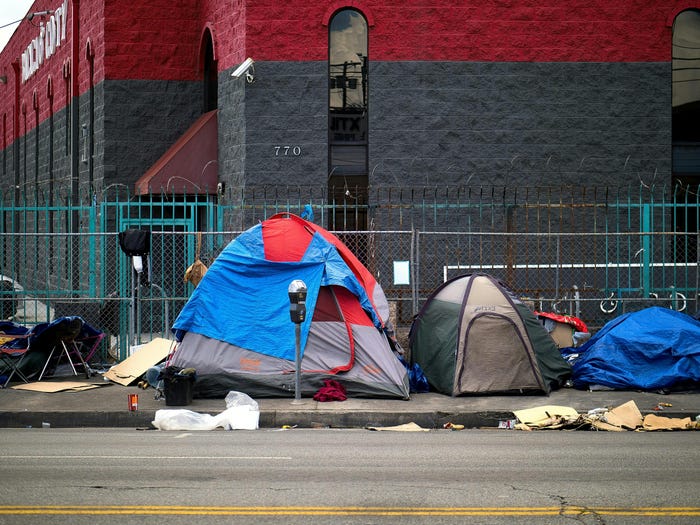
Omnia Partners
Disaster Preparedness: The Three Ps for Organizational ResilienceDisaster Preparedness: The Three Ps for Organizational Resilience
Leveraging Cooperative Purchasing for Emergency Response and Recovery
February 24, 2025

When disaster strikes—whether it's a natural disaster, infrastructure failure, or cybersecurity incident —having a clear, actionable plan is essential to ensuring a swift recovery. Without a well-defined strategy, organizations are left scrambling, potentially making costly decisions under pressure. This is where focusing on the three key steps of disaster preparedness—plan, prepare, and practice—can make all the difference.
Planning: Building Your Emergency Procurement Framework
Proactivity is key when it comes to effective disaster management. The first step is creating a comprehensive Emergency Operations Plan (EOP) that addresses potential risks and outlines your response protocols. A solid EOP takes into account everything from hurricanes and wildfires to fires and cyberattacks. It should include risk assessments, communication plans, and procedures for maintaining business continuity. Planning ahead ensures your organization is prepared to act quickly and effectively when disaster strikes, minimizing downtime and damage.
Preparing: Securing Resources Through Strategic Sourcing
Strategic sourcing through cooperative purchasing agreements serves as a vital tool in your emergency procurement toolkit. These agreements provide:
Access to emergency supplies and services
Competitive pricing secured through aggregate volume
Contracts that are compliant for thousands of other agencies that satisfy procurement requirements
Reduced administrative burden during crisis response
Established relationships with verified suppliers
By incorporating cooperative purchasing into your disaster preparedness strategy, you can focus on coordinating emergency response rather than negotiating contracts under pressure. This proactive approach helps ensure your jurisdiction can respond swiftly while maintaining procurement integrity.
Practicing: Testing Your Emergency Procurement Procedures
A disaster plan is only effective if it’s regularly tested and refined. This is where practice comes in.
Conduct regular drills, both physical and virtual, to ensure everyone knows their role in an emergency.
Practice with stakeholders, employees, and suppliers, identifying any gaps in your plan so you can adjust accordingly.
Practice expedited procurement methods.
Verify supplier contact information and response capabilities.
Remember: effective emergency procurement combines thorough planning, strategic preparation, and regular practice. Your role as a procurement professional is crucial in building organizational resilience through sound purchasing strategies.
Access OMNIA Partners' complete guide, "The Three Ps of Disaster Preparedness," [ED1] to learn more about strengthening your emergency procurement framework.










